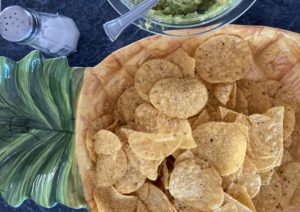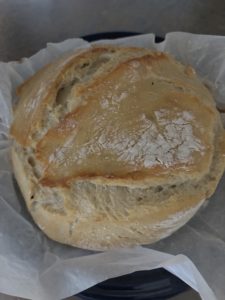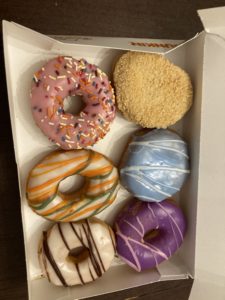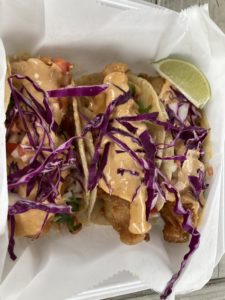Student Project- Food Anecdotes
 The “What?”
The “What?”
Students digitally record anecdotes about a memory of a special meal. An anecdote is a short story, usually funny about a memorable experience. Narrative writing is an important part of the 10th grade English curriculum. I wanted my students to write a narrative but in a shorter format to accommodate their language levels. I also wanted to choose a topic that is universally appealing, such as food. Since all students like telling about their favorite foods, this assignment was approachable.
Check out the full lesson plan here!
Context: Intermediate English is both a Literature and English Language Development course. Students in this course are all English learners. Most are in their third year in the United States. Their English Language Proficiency Levels mainly vary from 2.0-3.9 (from a scale of 1-6 with 1 being the lowest). This course has a dual purpose of exposing students to academic English and helping them prepare for the 10th grade English Language Arts Keystone Exam.
Unit Overview: In this ELD unit, the goal is for students to write and record their own anecdote- a short memorable story. The anecdotes are about food and modeled after Fish Cheeks, a narrative nonfiction text by Amy Tan. To prepare for the culminating task, students build basic English skills through discussions and writing prompts on food likes and dislikes as well as ideas and feelings about food. Students also identify and analyze sensory details in the text as a means of making the writing more memorable. Fish Cheeks serves as a model text for students to help them when they write their own anecdotes.
 So What? – Significance and alignment with ISTE standard
So What? – Significance and alignment with ISTE standard
The ISTE standard that this task aligns to most is
1.6.b Original or Remixed Works- Students create original works or responsibly repurpose or remix digital resources into new creations
Students are writing and recording their own stories digitally that are relevant to their lives and experiences. This task also aligns with:
ISTE Standard 1.7 Global Collaborator- Students use digital tools to connect with learners from a variety of backgrounds and cultures, engaging with them in ways that broaden mutual understanding and learning.
Since my students come from a variety of countries, they can share about food experiences that are meaningful to them. While some foods such as tamales are familiar across cultures, there are other foods that are unique to one country or another. Students are excited to share their food experiences with one another.
Many of my students have limited or interrupted formal education. For these learners, gaps in literacy development make writing a longer narrative a challenge. Research suggests that SLIFE do best in the classroom when they are able to draw on concrete experiences such as making a meal.
 Now What? – Future plans for Teaching and Learning with Tech?
Now What? – Future plans for Teaching and Learning with Tech?
It would be interesting to extend this task and allow students to collaborate, taking portions of one another’s stories and remixing them into a podcast or video consisting of multiple food experiences. It would also be interesting to invite students who are not in the ELD program to share their own stories about a memorable meal. That would be a positive way for ELs to connect with their native-English speaking peers. Our school has a podcasting studio. It would be fun and interesting to bring students together to create a series on food.
